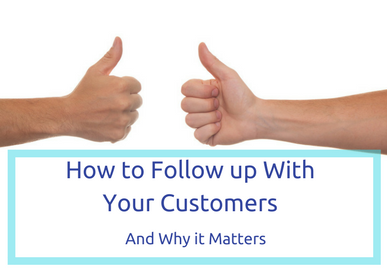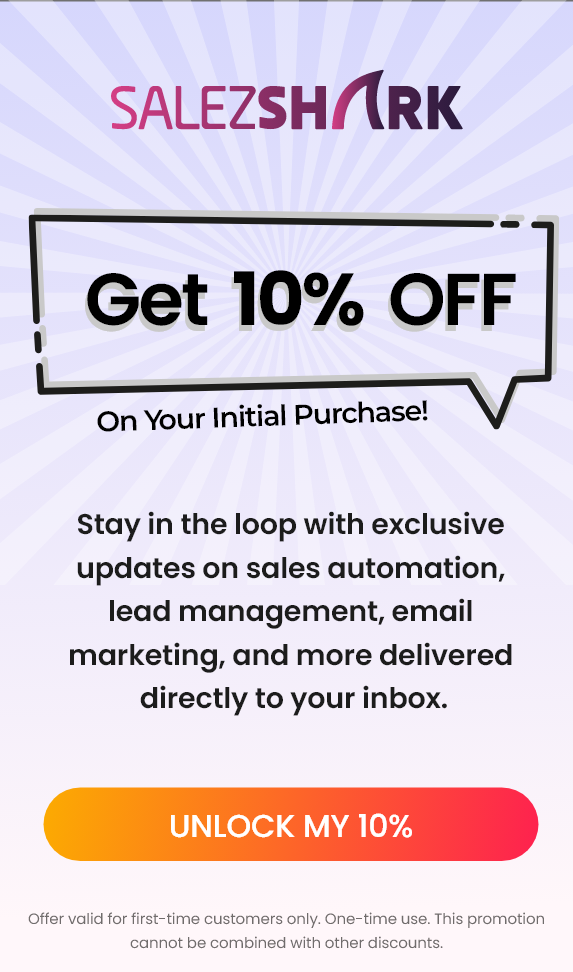The more you keep your customers happy faster the business grows. And if a customer is unhappy, they won’t just leave but also add salt to the wound by going to the competitor.
To attract new customers and delighting the existing ones, you have to ensure them a great experience with your product/service.
“Loyalty is when people are willing to turn down a better product or price to continue doing business with you.” – Simon Sinek”

To help set this in motion, you have to create a great customer service policy to have happy and loyal customers. Consistency and a personal touch really go a long way!
Yet, for many companies, customer service stops once an issue has been solved further moving on to the next customer. What they all forget to do is the often neglected follow ups, which causes a bigger problem than you think.
Let’s take a closer look to why follow up with the customer is important. As per a study conducted by Harvard Business Review found that 56% of the customers complain about poor follow ups with them. While the 48% of the customers that experience a poor follow-up go on to tell at least 10 people or more that they had a bad experience.
Yess!
According to the research by Walker2020, a ruined customer experience is one of the top factors for doing business with a company.
If we want to avoid our customers turning their backs on us, we have to Follow Up
Now the question is, HOW?
You can follow up with your customers in so many ways like in person, by phone or a letter maybe, but I suggest the most effective way to follow up is through email.
It is not only quick to send but also easy to track in terms of the feedback, comments, but is also scalable. Whether you follow with thosands of customers or a handful of clients, you can do it all using emails.
What Kind of Emails Should You Send?
A customer expects a response each time they reach out to the support team.
So, your business needs to have a customer service strategy established to solve their issues fixed efficiently. Once their issues are fixed, you can send them the following follow up emails to make sure that they’re entirely satisfied.
Template 1 – Feedback
Hi (Name),
To help us serve you better in the future, we’d love to hear about your experience with our support team.
How easy it was to resolve your issue with us?
[Insert rating scale from very easy to very difficult or encourage them to reply by the email]
We appreciate your time and value your feedback.
Kind Regards,
[Customized signature to fit with your brand]
Template 2 – Survey
Hi (Name),
Thanks for contacting us/purchasing from us recently. We pride ourselves in providing the best possible service for our customers, and so we’d like to hear your feedback.
To help you do that, we’ve prepared a quick survey that’ll take you less than 60 seconds to answer.
[Insert link to the survey]
We appreciate your time and we value your feedback.
Kind Regards,
[Your customized signature]
Here are five sample questions for the survey:
- Was the service helpful?
- Are you happy with the support provided?
- Were your requests served quickly?
- What is that one thing you’d want us to improve?
Template 3 – “Anything Else” Follow Up Email
Hi (Name),
Thanks for contacting us recently about [Topic].
Our records show that your issue has been resolved, so we’ll close this ticket automatically in 3 days.
However, if you still need our help, just hit ‘reply’ to let us know and one of our team members will be in touch shortly.
Kind Regards,
[Customized Signature]
This email can be sent out automatically and from a company name, in the context to the original conversation, such as using the original subject line or unique case ID/ number, so there is no confusion or miscommunication.
Conclusion
If you want to impress your customers and transform your customer service follow-up procedures, then start sending a follow up email to them.
This simple, yet effective approach is used only by 3% of all companies. This represents a huge opportunity to gain a competitive advantage – one that should not be missed!
It’s indeed a great way to stand out against the competition and generate business from the potential customers. CRM Software Need.

